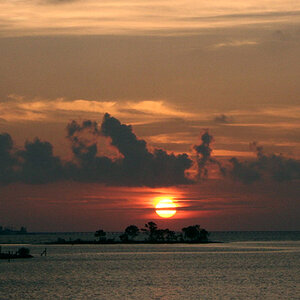dngrov257
TPF Noob!
- Joined
- Sep 7, 2009
- Messages
- 6
- Reaction score
- 0
- Location
- Topsham, Maine
- Can others edit my Photos
- Photos NOT OK to edit
All,
I have owned a Canon Rebel XTi with a 17-85MM lens for about 2 years. I also own a 50MM 1.8 lens. We also own a Canon SD400 5.0 MGP Digital Elph.
Frankly, I am frustrated with my experience with the Rebel, which is admittedly compounded by the fact that the 17-85MM lens ($500) is no longer autofocusing, and I must send it back to Canon after only 2 years of moderate use.
However, my broken lens is giving me a chance to reevaluate digital photography. Although certainly not a professional, I used manual focus Nikon SLR's for nearly 30 years before I bought the Rebel. I quite familiar with basic photographic techniques.
The main frustration with the Rebel is that the APS-C sensor in combination with the 17-85MM f4-5.6 lens does not permit one to blur backgrounds. I bought the 50MM 1.8 for use as portrait lens, and even at 1.8 the background is blurred some, but not obliterated as it would be if I used my Nikon FM2 with a 50MM 1.8 lens. I sometimes wonder if the trend in wedding photography to show the bride and groom with the church, outside site, etc. in full focus in the background is simply a response of professional photographers shooting with digital SLRs with APS-C sensors because they cannot afford digital SLRs with full-sized sensors. My photography instructor in the 1970's would have considered failure to blur the background in portraiture to be poor technique.
However, the most frustrating thing is that I do not believe my Rebel XTi (10.1 MP) takes better photographs, particularly landscapes, than our 5.0 MP Canon Digital Elph. The Rebel and the lens cost me about $1400, whereas the Digital Elph cost me $250. The essential question is this: if one cannot blur the background with a APS-C sensor digital slr with a lens that most people can afford, then why not buy a good point and shoot, such as the Canon G10, instead?
Any thoughts or comments that you may have would be most appreciated.
I have owned a Canon Rebel XTi with a 17-85MM lens for about 2 years. I also own a 50MM 1.8 lens. We also own a Canon SD400 5.0 MGP Digital Elph.
Frankly, I am frustrated with my experience with the Rebel, which is admittedly compounded by the fact that the 17-85MM lens ($500) is no longer autofocusing, and I must send it back to Canon after only 2 years of moderate use.
However, my broken lens is giving me a chance to reevaluate digital photography. Although certainly not a professional, I used manual focus Nikon SLR's for nearly 30 years before I bought the Rebel. I quite familiar with basic photographic techniques.
The main frustration with the Rebel is that the APS-C sensor in combination with the 17-85MM f4-5.6 lens does not permit one to blur backgrounds. I bought the 50MM 1.8 for use as portrait lens, and even at 1.8 the background is blurred some, but not obliterated as it would be if I used my Nikon FM2 with a 50MM 1.8 lens. I sometimes wonder if the trend in wedding photography to show the bride and groom with the church, outside site, etc. in full focus in the background is simply a response of professional photographers shooting with digital SLRs with APS-C sensors because they cannot afford digital SLRs with full-sized sensors. My photography instructor in the 1970's would have considered failure to blur the background in portraiture to be poor technique.
However, the most frustrating thing is that I do not believe my Rebel XTi (10.1 MP) takes better photographs, particularly landscapes, than our 5.0 MP Canon Digital Elph. The Rebel and the lens cost me about $1400, whereas the Digital Elph cost me $250. The essential question is this: if one cannot blur the background with a APS-C sensor digital slr with a lens that most people can afford, then why not buy a good point and shoot, such as the Canon G10, instead?
Any thoughts or comments that you may have would be most appreciated.
Last edited:


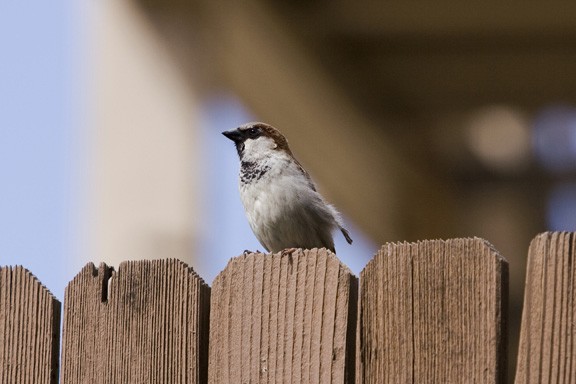

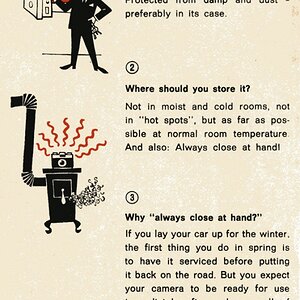

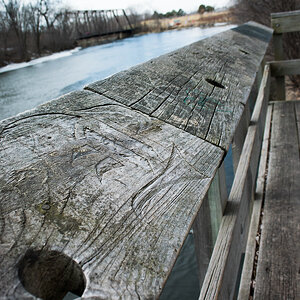
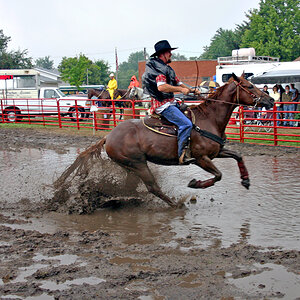
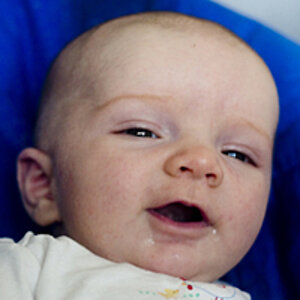
![[No title]](/data/xfmg/thumbnail/37/37642-b84a3ab0bc05ccd30092514e185e7c01.jpg?1619738160)
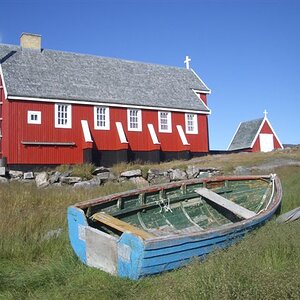
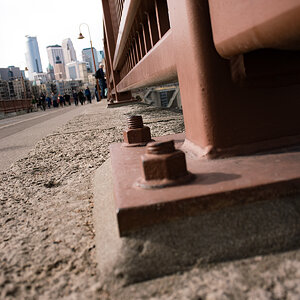
![[No title]](/data/xfmg/thumbnail/39/39439-d0a6beaaf39993860b74ccbd81fdd122.jpg?1619739032)
![[No title]](/data/xfmg/thumbnail/39/39438-1eb8b5f82b59d9d0c72ae9025778ed4c.jpg?1619739032)
